Since I’ve started purchasing large lots of games on eBay, I’ve acquired a number of Game Boy Advance games of dubious origin (All of which were covered by PayPal’s Buyer Protection on counterfeit items). In this post, I’ll go over how to identify counterfeit GBA games, and what steps you can take to avoid getting scammed.
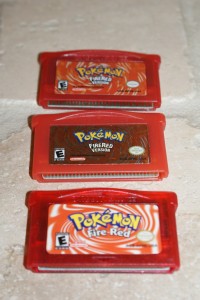
Looking at the exterior of a counterfeit cartridge, there are four tell-tale signs of a fake cartridge; the label, the plastic, the visible portion of the board, and the writing on the back of the cartridge. On a fake cartridge, most, but not all labels will be thicker than the originals. They’ll also usually be printed in a lower resolution than the originals. Most original cartridges also have a small number imprinted in the corner of the label which fakes will not have, however, some originals are missing this too; so it can’t be relied on, on it’s own. If it’s a Pokemon game, the label may not be printed on the shiny foil. Sometimes, the label will just be wrong. For example, in the photo above, one of the fake FireRed cartridges has the word FireRed written with a space in the middle. I’ve also seen labels that use incorrect artwork and even some that have RP (Rating Pending) as the ESRB symbol instead of the correct rating. Both of the cartridges below are fake.
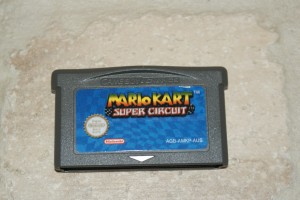
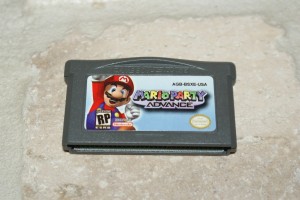
When looking at the plastic casing of a fake cartridge, it will usually seem to be slightly larger than an original cartridge, and you may find it somewhat difficult to insert into a Game Boy. Most, but not all fakes will also have a small rectangular opening at the bottom, as shown below.
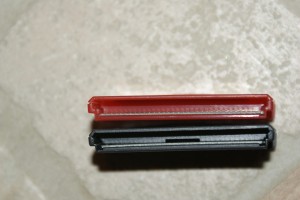
On the visible portion of the board, most but not all fakes will also be missing the “(c) Nintendo” on the silkscreen (the white writing on the board). On the rear of the cartridge, many fakes may also have typos or incorrect model numbers on the text, or may not be using Nintendo’s tri-wing security screws.
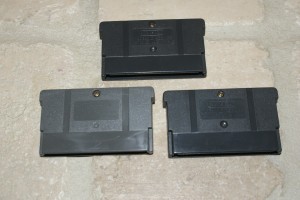
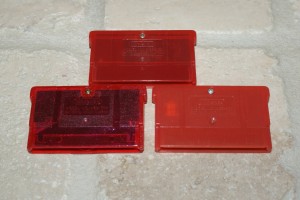
When you open up a fake cartridge, however, it becomes clear that a cartridge is fake pretty quickly. Nintendo cartridge boards will never have “glob top” (black blobs of plastic) circuits on the board, and almost all Nintendo ROM chips are labelled “MX”. If your cartridge is missing at least one chip labelled MX, it’s almost definitely a fake. For GBA Pokemon games, only Ruby and Sapphire use batteries, so if you have another Pokemon game with a battery, again, it’s almost definitely a fake. Here is a comparison between fake and real cartridge boards:

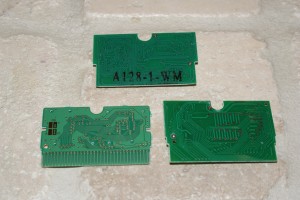
Fakes come in all titles, not just popular ones. Here are some fake titles that I’ve come across:
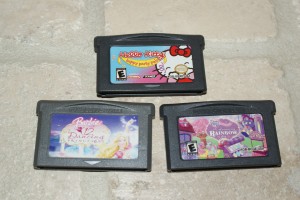
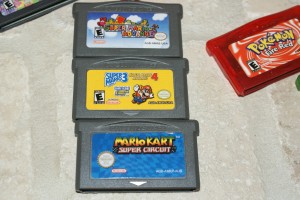
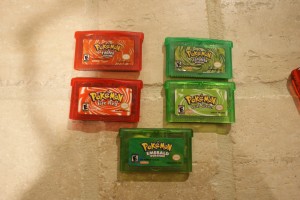
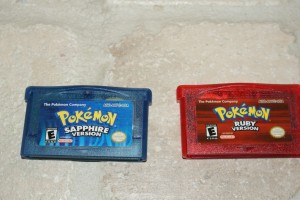
If you accidentally find yourself having purchased a fake cartridge on eBay, open a buyer protection case right away. If you can prove the cartridge is counterfeit, you’ll be refunded and be required to destroy the cartridges rather than sending them back.
Hi there, great Artie I was wondering if you could take a look at my cartridge?
The case looks fine, the PCB has a black blob on it though but it does have a MX chip on it and the PCB text looks good, there is no indented numbers on the label though.
https://gbatemp.net/threads/help-is-my-gba-game-fake.485335/
Thanks!
The link is
Hello,
This cartridge is almost certainly fake, however, it’s one of the best fakes I’ve ever seen.
A few indicators:
1. The MX Chip doesn’t have an AGB-#### model number etched on the chip matching the model number on the label.
2. The silkscreen on this board looks digitally printed (which is why the print quality is so poor) – I don’t think large-scale digital silkscreening was actually around in 2003, and if it was, it certainly wouldn’t be used for high-volume boards like games where a silkscreen could be reused for a higher quality print on many of the same boards.
3. The date code (0744) on the square IC indicates that it was manufactured in the 44th week of 2007. However, this game was released for GBA in November 2003. The laser etching on the chip also looks suspicious due to it’s poor print quality, so that date could be entirely fabricated as well.
4. As you said, no indentations on the label + the glob top circuit. The label print quality also looks off.
The chip part numbers are also very suspicious. There are no datasheets available for these part numbers online.
Best,
Justin
Hi Justin do they always have indentations on the label I have bought a bundle from a lovely lady but the labels seem a bit ‘dotty’ – some even have the books too – would fakes have the book ? Thanks
I’ve seen fakes with the instruction manual before, though typically printing is of a much poorer quality. As for indentations, I haven’t seen any without, but if the labels are worn, they could just no longer be visible.
i was looking at this on ebay and was wondering if you could tell me if its legit or not?
https://www.ebay.co.uk/itm/Game-Boy-Advance-Pokemon-Fire-Red-Version-Cartridge/273319429135?hash=item3fa31b840f:g:utUAAOSwjdpbMBdd
These are fake. Pretty much any game boy game from Hong Kong is almost guaranteed to be fake.
Hey,
I’ve got 3 pokemon cartridges I’m looking at on ebay. Seller doesn’t have tools to take apart to see the circuit board, so I’ll I get is this picture.
https://www.dropbox.com/s/zju15weroguqyjf/s-l1600.jpg?dl=0
Is there any hints or guesses based on this photo? I know its tough from just a single front view, but any guesses?
Thanks!
Hi Justin. Can i use your photos of the Pokemon games for a youtube game? Will post your website and give you credit.
Sure, no problem – thanks for asking permission!
Awesome thanks!!
I recently began hunting down the old generation III pokemon games for some fun. I have read extensively on different guides, but I am still not 100%. Would you be willing to look at pics of my 6 cartridges? Its a lot of cartridges, so I do not mind paying for your time.
I have a Super Circuit cartridge that looks exactly like that. Oddly enough it works perfectly fine, even the multiplayer features work. What’s more interesting is the items generated during races (for me and cpu players) are more randomized than my official Super Circuit cartridge. It’s been my favorite cartridge to play.
why does my cartridge for legend of zelda the minish cap and a black blob of plastic in the middle and it doesnt match any of the pictures shown above.
Sounds like you’ve got a fake, unfortunately.